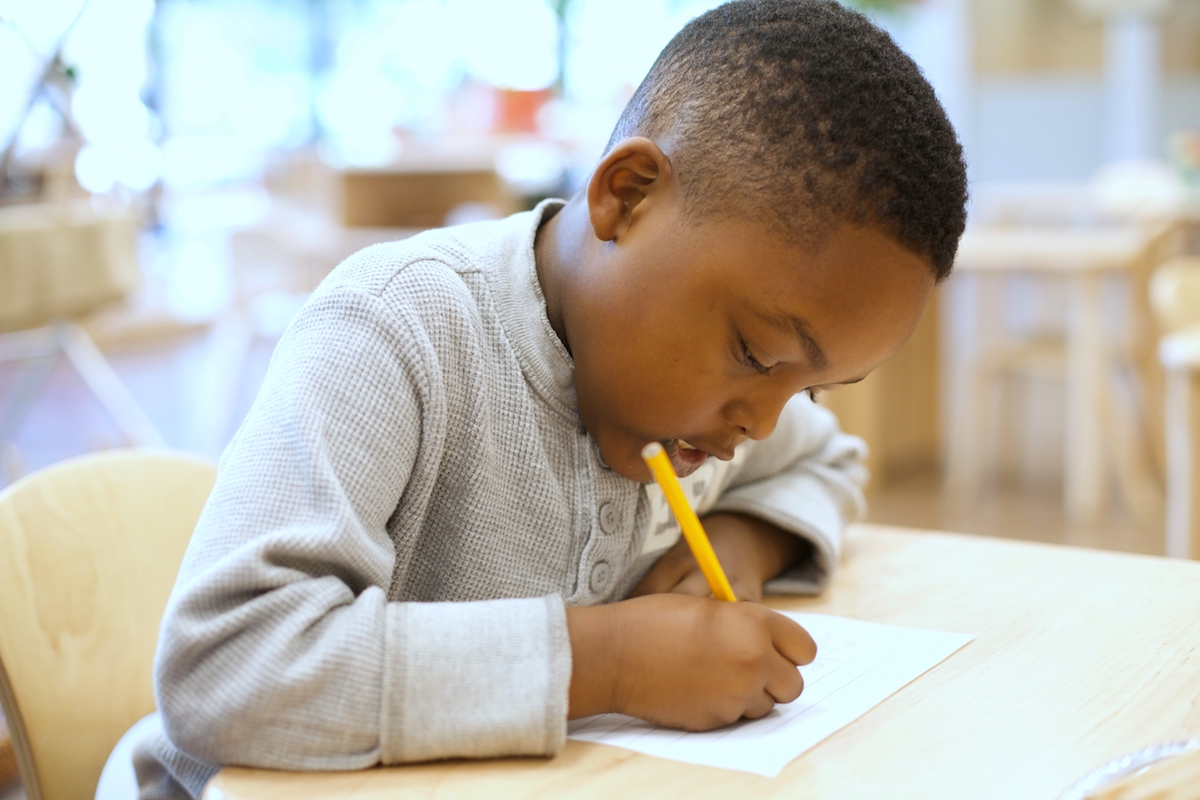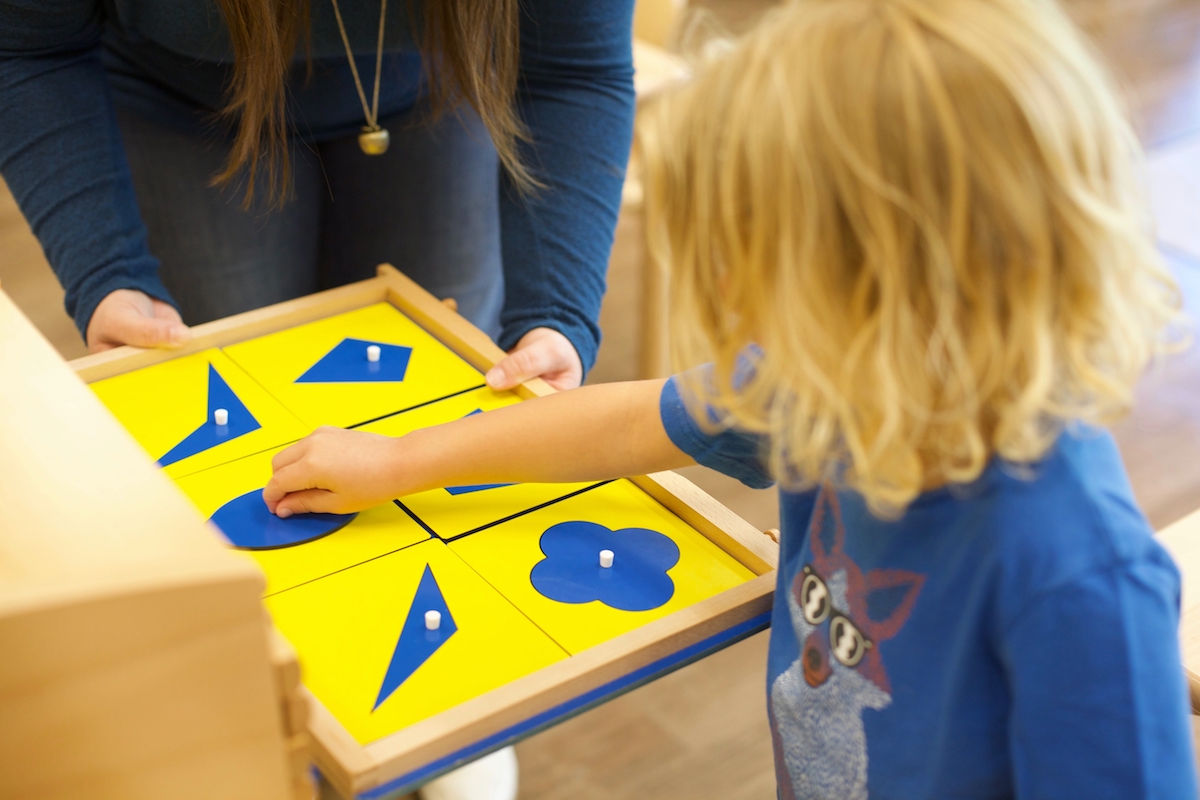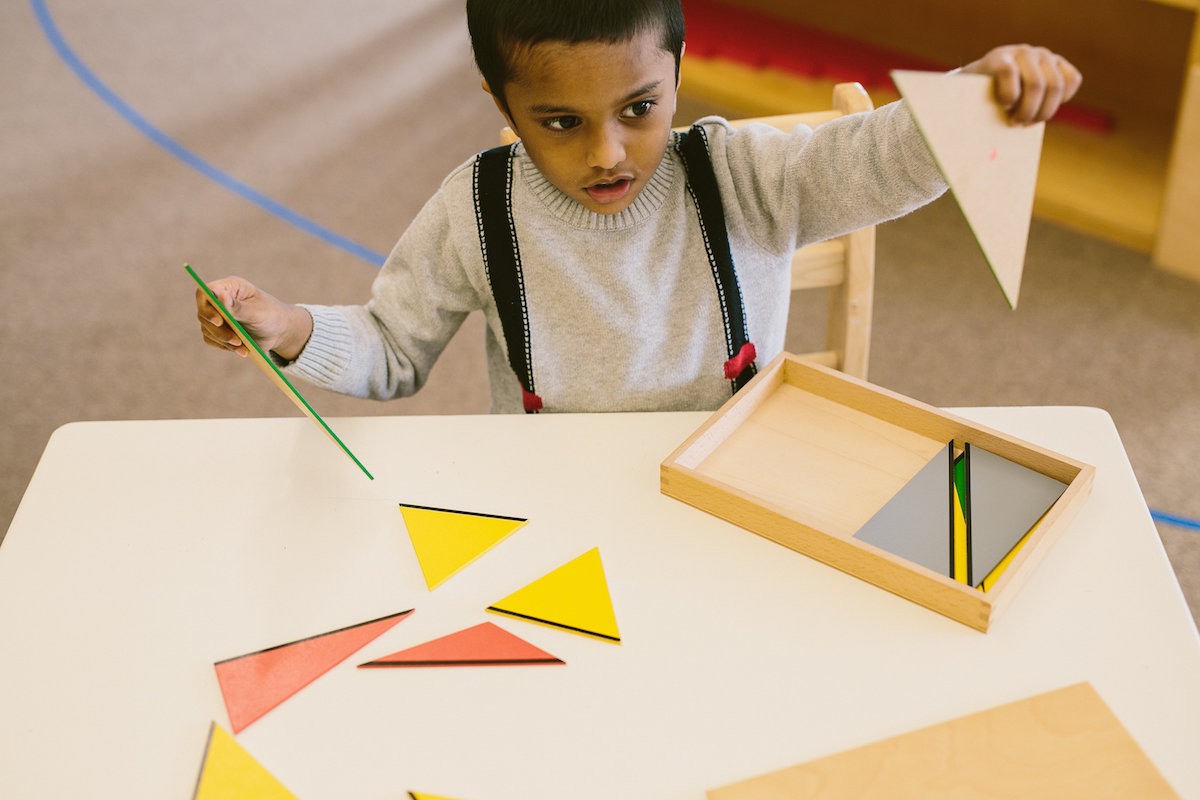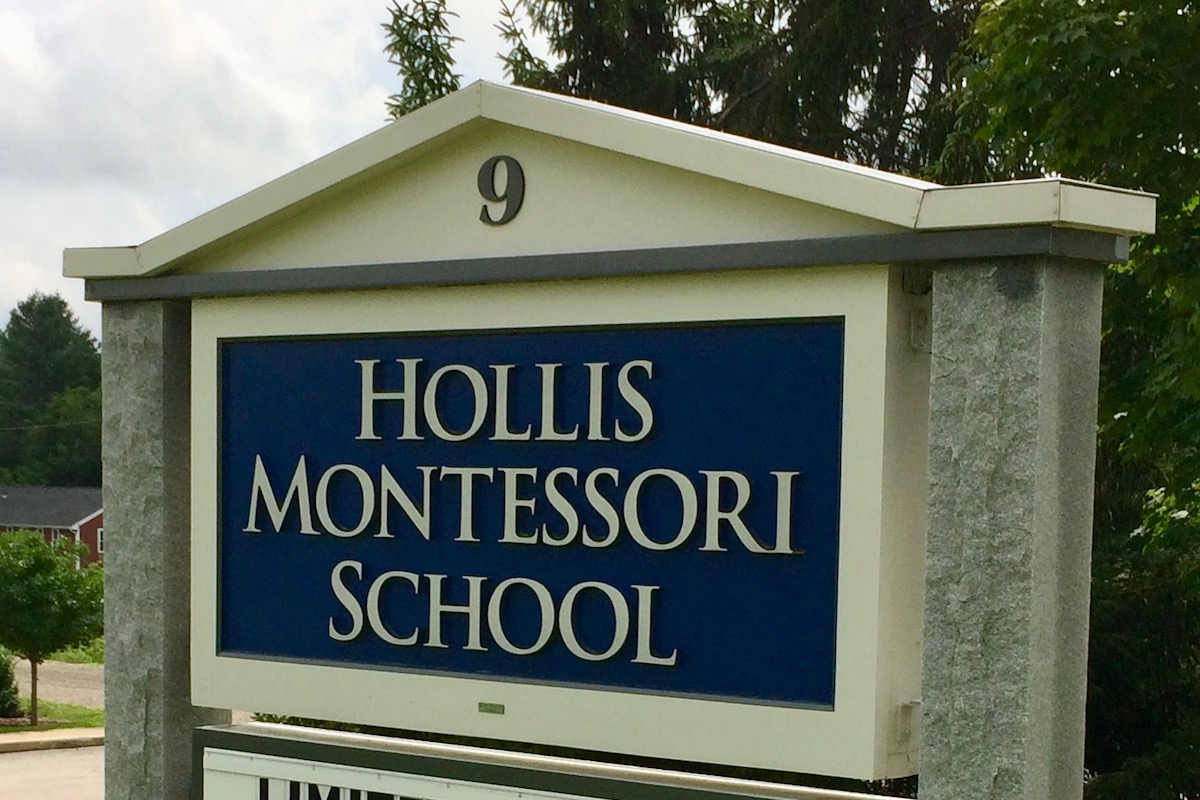When someone starts talking about memorization of math facts, people tend to have strong opinions. We all had a variety of experiences as children ourselves, and those experiences coupled with notions of best practices in education can cause for heated debates. In today’s post we would like to share the results of recent research on the topic. At first glance, the results may seem at odds with Montessori theory, but upon further examination this couldn’t be further from the truth. Read on to find out why our materials and methods can provide children with exactly what this “new” information suggests they need.
The Findings
This summer Paul L. Morgan, Ph.D. published an interesting article for Psychology Today. Morgan works at Penn State as a professor in the education department as well as Director of the Center for Educational Disparities Research. He and several colleagues (George Farkas and Steve Maczuga) conducted research to investigate instructional practices and their effects on student achievement. Their specific focus was on first grade classrooms in math.
The researchers observed a variety of students and classrooms and determined that the only teaching method that had a positive effect on student achievement was teacher-directed instruction, as opposed to student-centered. [This is the part where those of us who adore Montessori will audibly gasp, but keep reading!]
Morgan, Farkas, and Maczuga define teacher-directed as the following: “Teachers initially demonstrate specific procedures for solving problems, and then provide students with repeated opportunities (e.g., worksheets, routine practice and drills) to independently practice these procedures. Teacher-directed practices should help students increase their procedural fluency in applying explicitly taught and repeatedly practiced sets of procedures to solve mathematics problems, which should result in more effective use of higher order thinking and problem-solving skills.”
What Do Montessori Teachers Do?
According to the researchers’ definition of teacher-directed learning, this is exactly the approach that is taken in regards to students learning their basic math facts in Montessori classrooms. Our initial reaction is simply a result of semantics and misconceptions. Do Montessori teachers utilize worksheets and drills? Well, not exactly, but we still meet the definition in other ways.
One of the most common misconceptions about Montessori education is that the children are let to do whatever they want all the time. Some people think that choice is the driving force (it is, at least in part) and the students run amok. Anyone who has spent any time learning about Montessori or observing in a classroom knows the opposite to be true. Montessori is really all about choice within limits. Teachers create an environment rich with materials that call to the children, and while they do have lots of decision-making opportunities, they are only provided with options that will lead them to meet desired outcomes. The same is true for math fact instruction and practice.
Let’s get down to the facts: in Montessori classrooms, the teachers provide direct fact memorization instruction. At the lower elementary level in particular, one will find shelves stocked with materials that were designed to aid the process of math fact memorization. Typically a teacher will give a child a lesson on a material to explain how it is to be used, and then detail their expectations to the child. Children are generally going to be practicing and recording their facts on a daily basis. Montessorians believe that while understanding the concept of why we manipulate numbers and having a visual representation helps children in the long run, we agree that when it comes down to it those basic facts really need to be memorized with an emphasis on speed and accuracy. This is one of the reasons our children are able to solve larger complex operations problems at a younger age than children in many traditional settings.
Bead Cabinet
Taking a closer look at specific materials, how they are used, and their intended outcomes may help to refine these points.
The bead chains/bead cabinet: Children begin using this material as early as 3 years old. While the initial purpose is for children to learn to count, during the elementary years that skip counting translates into speedy memorization of multiplication tables. The transition tends to be fairly smooth, as they’ve already been practicing for years! Bonus: the same material will help them understand squares and cubes just a little further down the road in their school career.
Addition and subtraction strip boards: While a student initially uses these materials to explore the concept of adding and subtracting, they quickly notice patterns and build speed as they gain confidence. These materials are typically introduced at age 5 or 6.
Multiplication and division bead boards: Like the strip boards, these are initially used by students to gain a basic understanding of the concept. As they master individual facts, they naturally start to create shortcuts for themselves and a trained Montessori teacher will observe that they are ready to move on to more challenging materials.
Finger boards: Created for each of the four operations, these materials are essentially wooden versions of the classic fact charts. Children are slow to fill them in the beginning, but after repeated practice they build speed and accuracy. Control charts are readily available for immediate feedback, ensuring that even when a child is practicing independently they will be able to know whether they are answering correctly or not.
Blackline masters: Montessori teachers have blackline masters, which are essentially paper copies of the finger boards, that are available for children. Children are expected to complete the material and then record the information on the paper version, thus providing another layer of repetition.
Room for Improvement?
If there is one area that many math teachers (Montessori and otherwise) could stand to improve upon when it comes to math facts, it would be taking the time to target math fact instruction. Making sure our students are practicing daily, quickly, and accurately is critical, but might we also help them practice smarter?
Sitting down with each individual child to gather a quick assessment periodically can make a huge difference in progress. While gathering data in this fashion is time-consuming, we may find it well worth the effort. Teachers can sit with a child and quickly run through a chart of facts, asking the child for answers orally. Highlight the facts the child can answer quickly and confidently, leaving the others blank. Teachers make a copy of this sheet so that the student can keep it to reference. When it’s time to practice math facts, children can focus on the ones they haven’t yet memorized, rather than eating up time going over the facts they’ve already mastered.
If you are interested in reading more about Dr. Morgan’s work, follow the links to his article and the research findings:
http://journals.sagepub.com/stoken/rbtfl/J2BxFXoAWRPSo/full









